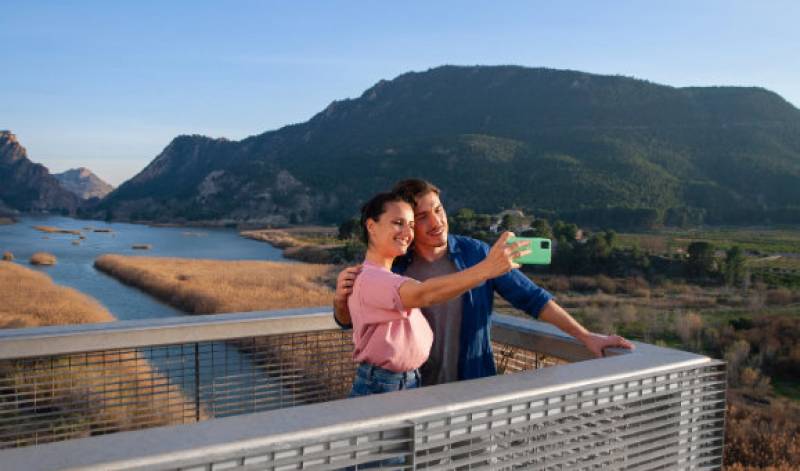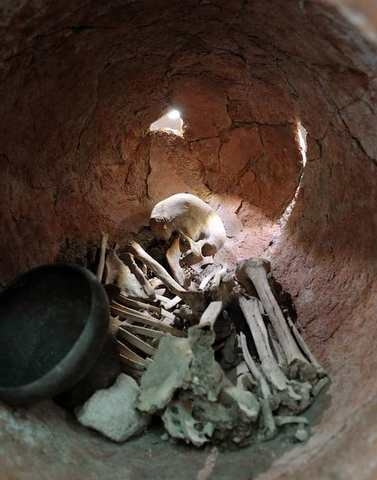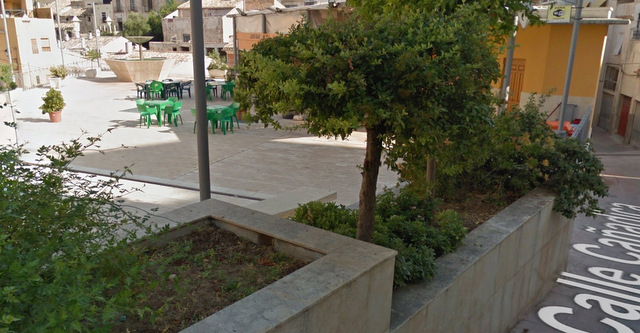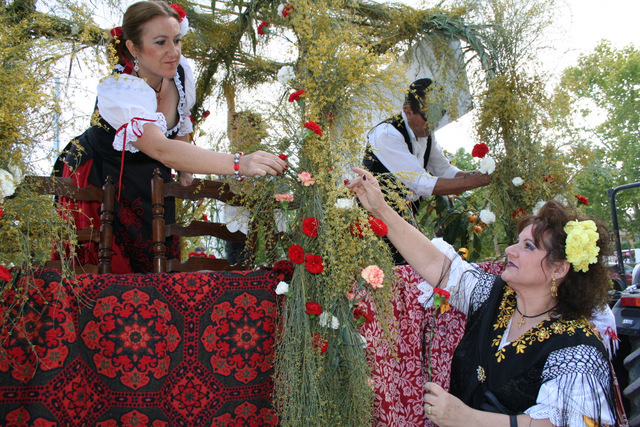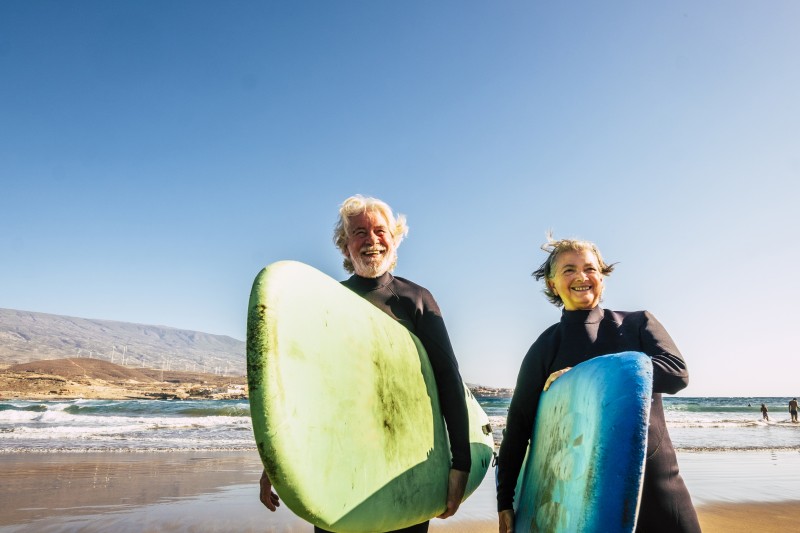- Region
- Águilas
- Alhama de Murcia
- Jumilla
- Lorca
- Los Alcázares
- Mazarrón
- San Javier
-
ALL AREAS & TOWNS
- AREAS
- SOUTH WEST
- MAR MENOR
- MURCIA CITY & CENTRAL
- NORTH & NORTH WEST
- TOWNS
- Abanilla
- Abarán
- Aguilas
- Alamillo
- Alcantarilla
- Aledo
- Alhama de Murcia
- Archena
- Balsicas
- Blanca
- Bolnuevo
- Bullas
- Cañadas del Romero
- Cabo de Palos
- Calasparra
- Camping Bolnuevo
- Campo De Ricote
- Camposol
- Canada De La Lena
- Caravaca de la Cruz
- Cartagena
- Cehegin
- Ceuti
- Cieza
- Condado de Alhama
- Corvera
- Costa Cálida
- Cuevas De Almanzora
- Cuevas de Reyllo
- El Carmoli
- El Mojon
- El Molino (Puerto Lumbreras)
- El Pareton / Cantareros
- El Raso
- El Valle Golf Resort
- Fortuna
- Fuente Alamo
- Hacienda del Alamo Golf Resort
- Hacienda Riquelme Golf Resort
- Isla Plana
- Islas Menores & Mar de Cristal
- Jumilla
- La Azohia
- La Charca
- La Manga Club
- La Manga del Mar Menor
- La Pinilla
- La Puebla
- La Torre
- La Torre Golf Resort
- La Unión
- Las Palas
- Las Ramblas
- Las Ramblas Golf
- Las Torres de Cotillas
- Leiva
- Librilla
- Lo Pagan
- Lo Santiago
- Lorca
- Lorquí
- Los Alcázares
- Los Balcones
- Los Belones
- Los Canovas
- Los Nietos
- Los Perez (Tallante)
- Los Urrutias
- Los Ventorrillos
- Mar De Cristal
- Mar Menor
- Mar Menor Golf Resort
- Mazarrón
- Mazarrón Country Club
- Molina de Segura
- Moratalla
- Mula
- Murcia City
- Murcia Property
- Pareton
- Peraleja Golf Resort
- Perin
- Pilar de la Horadada
- Pinar de Campoverde
- Pinoso
- Playa Honda
- Playa Honda / Playa Paraíso
- Pliego
- Portmán
- Pozo Estrecho
- Puerto de Mazarrón
- Puerto Lumbreras
- Puntas De Calnegre
- Region of Murcia
- Ricote
- Roda Golf Resort
- Roldan
- Roldan and Lo Ferro
- San Javier
- San Pedro del Pinatar
- Santiago de la Ribera
- Sierra Espuña
- Sucina
- Tallante
- Terrazas de la Torre Golf Resort
- Torre Pacheco
- Totana
- What's On Weekly Bulletin
- Yecla


- EDITIONS:
 Spanish News Today
Spanish News Today
 Alicante Today
Alicante Today
 Andalucia Today
Andalucia Today
article_detail
The Iberians in Begastri
The first population in Begastri
Introduction to Begastri, Click Begastri Cehegin
Part 2 The Romans in Begastri
Part 3 The Visigoths in Begastri
Part 4 The Moors in Begastri
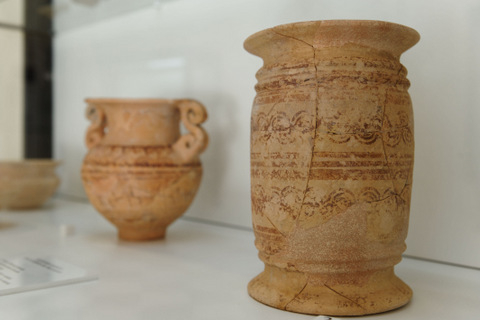 The Iberians are recorded as occupying the Iberian peninsula ( Spain) continuously between the 8th and the 1st century BC. They tended to favour locations which had a proximity to water, but gave them a strategically advantageous position, so normally chose hilltops on which to build their settlements.
The Iberians are recorded as occupying the Iberian peninsula ( Spain) continuously between the 8th and the 1st century BC. They tended to favour locations which had a proximity to water, but gave them a strategically advantageous position, so normally chose hilltops on which to build their settlements.
The population which first built Begastri is believed to have inhabited the area in the later phases of the Iberian occupation, namely between the end of the 5th century BC until the beginning of the second century BC, by which time the Romans had invaded Cartagena and the whole area underwent a steady process of Romanisation which gradually resulted in the disappearance of the Iberians as a definable native population.
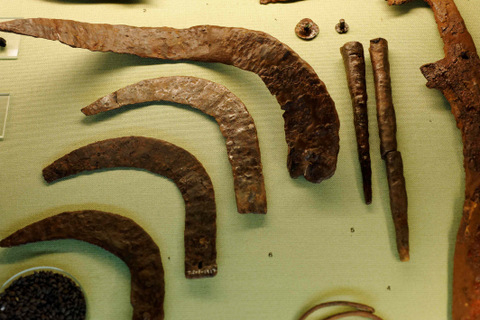 There is evidence of a number of Iberian groups around the Cehegín area, one of which would have inhabited the hilltop which is known today as Begastri. Due to the more substantial nature of this settlement, it is possible that this could have been an administrative centre of the begastrense tribe, as the Iberians had a distinctive hierarchical and social structure, each area being ruled over by a chieftain or nobility.
There is evidence of a number of Iberian groups around the Cehegín area, one of which would have inhabited the hilltop which is known today as Begastri. Due to the more substantial nature of this settlement, it is possible that this could have been an administrative centre of the begastrense tribe, as the Iberians had a distinctive hierarchical and social structure, each area being ruled over by a chieftain or nobility.
An Iberian religious sanctuary has been discovered at the Fuente del Recuesto, dating to the 4th century BC, showing that on the other side of what is now Cehegín, there were other Iberian inhabitants, and there was certainly a large population around modern day Mula, evidenced by the site at El Cigarralejo, which has yielded a large number of grave goods, testifying to an established population in that area.
Excavating Iberian Begastri is a laborious process, as the Romans built their town over the top of the Iberian settlement, some properties clearly showing how the Romans used exactly the same floorplan for some of the domestic dwellings which have been excavated to date. This can be clearly seen at the far end of the site, the native Iberians using the darker stone found on the natural surface of the hill, whilst the subsequent Roman and Visigoth layers used stone carried up the hill specifically for building purposes which is a different, lighter colour.
Most of the Begastri site has not yet been excavated, so there is little clear indication of the scale of the Iberian settlement which existed in this location, but the preliminary excavations have indicated that the area could have covered 5 hectares of the most elevated area of the site.
This would have made it a substantial settlement and explained why the Romans decided to occupy and amplify it for their own purposes.
 The settlement was clearly adapted to the geography of the terrain, the streets irregular and containing small rectangular houses. It is highly likely that there was some sort of walled enclosure and protective structure around the original settlement, although no clear evidence of this has been uncovered yet as much of the earlier settlement is still buried.
The settlement was clearly adapted to the geography of the terrain, the streets irregular and containing small rectangular houses. It is highly likely that there was some sort of walled enclosure and protective structure around the original settlement, although no clear evidence of this has been uncovered yet as much of the earlier settlement is still buried.
The Iberians had a clear religious structure, the priesthood holding an elevated social status within their society, and it was normal for each population concentration to have some sort of religious sanctuary.
This could take the form of a simple spring or cave, which as the population increased, could lead to the construction of a more significant structure, as occurred on the outskirts of the City of Murcia with the evolution of the sanctuary of La Luz.
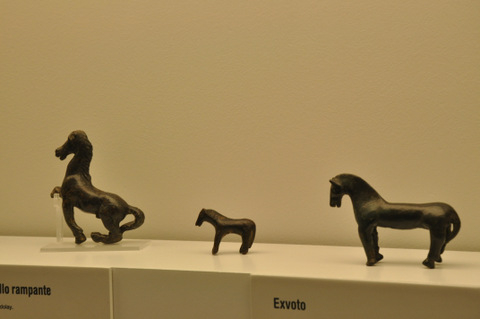 Offerings would be made at these sanctuaries, the evidence discovered relating to this practise showing the offerings of exvotos, which can take the form of animals, such as horses, or figures. There are collections of these in most museums which have a representation of Iberian archaeological finds, a particularly good collection being in the archaeological museum in Murcia.
Offerings would be made at these sanctuaries, the evidence discovered relating to this practise showing the offerings of exvotos, which can take the form of animals, such as horses, or figures. There are collections of these in most museums which have a representation of Iberian archaeological finds, a particularly good collection being in the archaeological museum in Murcia.
Other offerings could take the form of produce, and there is evidence from the Fuente del Recuesto in Cehegín, that jars containing wine were smashed at these sites, the possible inference being wine, the fruit of the earth, being returned back to the Mother earth from which it came.
Given the size of this settlement it would be realistic to expect a more structured sanctuary and burial necropolis but the location of this has not yet been identified.
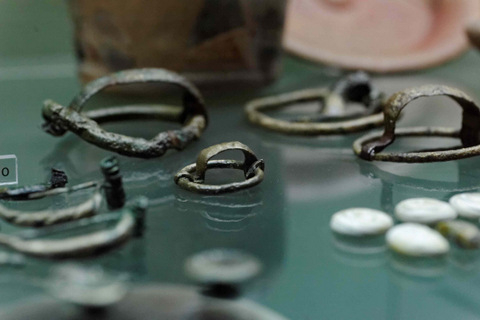 Iberian society was largely based around agriculture, although there is tantalising evidence of interaction between the Iberians and the trading nations which plied the Mediterranean coastline, so it is common to find evidence of interaction between the Phoenicians and the Greeks in Iberian sites, with ceramics and luxury goods widely traded along the Mediterranean.
Iberian society was largely based around agriculture, although there is tantalising evidence of interaction between the Iberians and the trading nations which plied the Mediterranean coastline, so it is common to find evidence of interaction between the Phoenicians and the Greeks in Iberian sites, with ceramics and luxury goods widely traded along the Mediterranean.
A wide range of goods were traded: the Iberians mined and traded metal ores, olive oil, pelts, esparto used for rope manufacture and for a wide range of domestic uses and woven cloth.
Although the Iberians were master ceramicists and created a vast number of ceramic items for their own daily use, luxury Greek pottery was highly prized and turns up in the grave goods of what were obviously the nobility of Iberian society.
Ceramics were an important part of Iberian life, used for both eating and cooking, but also as storage vessels for grain and crops, olives and thus olive oil being an important crop for the Iberians.
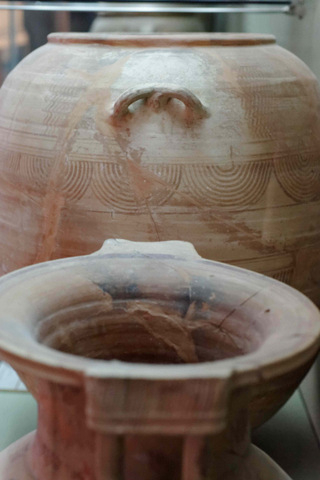 Large ceramic urns were also used for burials, with the cremated remains of the deceased enterred inside a large jar, together with their grave goods.
Large ceramic urns were also used for burials, with the cremated remains of the deceased enterred inside a large jar, together with their grave goods.
Iberian ceramics are very distinctive, created using the potters wheel which was introduced into their culture by Phoenician traders ( click Phoenicians) as far back as the 8th century BC.
Decorations on Iberian ceramics were either painted or scratched, using ferrous iron oxides to create a red design, and primarily feature geometric designs, with straight lines, semicircles and scrolls. Later on human or animal figures including dogs and horses were incorporated into the designs.
Begastri is an interesting site as it is apparent that ceramic production continued well into the Roman occupation, ceasing only when the Moorish invasion took place in the 9th century.
The Iberians were also known as warriors, many weapons amongst the grave goods found in Iberian burials, and it is documented that Iberian soldiers acted as mercenaries, participating in the Punic wars prior to the Roman invasion of Spain.
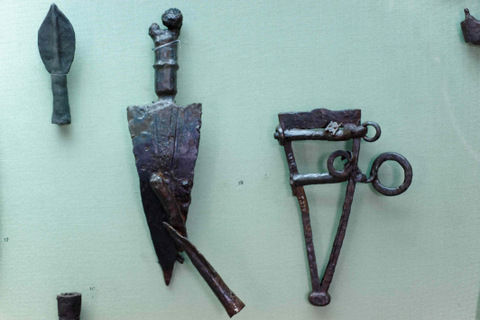 They were also accomplished metallurgists, making sophisticated pieces from both iron and bronze, with weaponry, agricultural equipment, jewellery and religious offerings both cast and forged. The personal belongings of each individual were buried with their owners at death, offering a revealing and valuable source of evidence for archaeologists studying the burials, who are able to accurately identify the trade of the deceased from their grave goods: warriors buried with their swords broken into pieces to prevent them being re-used, iron tipped lances, short knives and shields, tanners, shepherds with their scissors for shearing sheep, potters, farmers and their agricultural trappings and burials containing rich grave goods, designating nobility and a clear social structure with specialised trades.
They were also accomplished metallurgists, making sophisticated pieces from both iron and bronze, with weaponry, agricultural equipment, jewellery and religious offerings both cast and forged. The personal belongings of each individual were buried with their owners at death, offering a revealing and valuable source of evidence for archaeologists studying the burials, who are able to accurately identify the trade of the deceased from their grave goods: warriors buried with their swords broken into pieces to prevent them being re-used, iron tipped lances, short knives and shields, tanners, shepherds with their scissors for shearing sheep, potters, farmers and their agricultural trappings and burials containing rich grave goods, designating nobility and a clear social structure with specialised trades.
However, in 209BC the lives of these farming communities changed significantly as the Romans took Cartagena from the Carthaginians and began the slow process of Romanising the native population, introducing new farming techniques, new processes and exploiting the natural resources of the region to feed the hungry mouths of Rome.
For a full report about the Iberians within the Region of Murcia, click The Iberians.
Images: Iberian artefacts from a variety of Iberian sites. Lead photograph, ceramics from Begastri on show in the Cehegín Municipal Archaeological musuem.
article_detail
Find more information by AREA, TOWN or URBANISATION .....
Cabo de Palos
Cartagena
El Carmoli
Islas Menores and Mar de Cristal
La Manga Club
La Manga del Mar Menor
La Puebla
La Torre Golf Resort
La Union
Los Alcazares
Los Belones
Los Nietos
Los Urrutias
Mar Menor Golf Resort
Pilar de la Horadada
Playa Honda / Playa Paraiso
Portman
Roldan and Lo Ferro
San Javier
San Pedro del Pinatar
Santa Rosalia Lake and Life resort
Terrazas de la Torre Golf Resort
Torre Pacheco
Cartagena
El Carmoli
Islas Menores and Mar de Cristal
La Manga Club
La Manga del Mar Menor
La Puebla
La Torre Golf Resort
La Union
Los Alcazares
Los Belones
Los Nietos
Los Urrutias
Mar Menor Golf Resort
Pilar de la Horadada
Playa Honda / Playa Paraiso
Portman
Roldan and Lo Ferro
San Javier
San Pedro del Pinatar
Santa Rosalia Lake and Life resort
Terrazas de la Torre Golf Resort
Torre Pacheco
Aguilas
Aledo
Alhama de Murcia
Bolnuevo
Camposol
Condado de Alhama
Fuente Alamo
Hacienda del Alamo Golf Resort
Lorca
Mazarron
Puerto de Mazarron
Puerto Lumbreras
Sierra Espuna
Totana
Aledo
Alhama de Murcia
Bolnuevo
Camposol
Condado de Alhama
Fuente Alamo
Hacienda del Alamo Golf Resort
Lorca
Mazarron
Puerto de Mazarron
Puerto Lumbreras
Sierra Espuna
Totana
Abanilla
Abaran
Alcantarilla
Archena
Blanca
Corvera
El Valle Golf Resort
Hacienda Riquelme Golf Resort
Lorqui
Molina de Segura
Mosa Trajectum
Murcia City
Peraleja Golf Resort
Ricote
Sucina
Abaran
Alcantarilla
Archena
Blanca
Corvera
El Valle Golf Resort
Hacienda Riquelme Golf Resort
Lorqui
Molina de Segura
Mosa Trajectum
Murcia City
Peraleja Golf Resort
Ricote
Sucina
Urbanisations
CamposolCondado de Alhama
El Valle Golf Resort
Hacienda del Alamo Golf Resort
Hacienda Riquelme Golf Resort
Islas Menores and Mar de Cristal
La Manga Club
La Torre Golf Resort
Mar Menor Golf Resort
Mazarron Country Club
Mosa Trajectum
Peraleja Golf Resort
Santa Rosalia Lake and Life resort
Terrazas de la Torre Golf Resort
La Zenia
Lomas de Cabo Roig
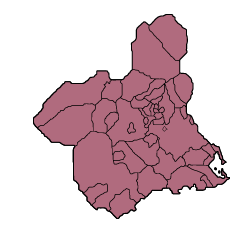
Important Topics:
CAMPOSOL TODAY Whats OnCartagena SpainCoronavirusCorvera Airport MurciaMurcia Gota Fria 2019Murcia property news generic threadWeekly Bulletin
CAMPOSOL TODAY Whats OnCartagena SpainCoronavirusCorvera Airport MurciaMurcia Gota Fria 2019Murcia property news generic threadWeekly Bulletin
Contact Murcia Today: Editorial 966 260 896 /
Office 968 018 268

